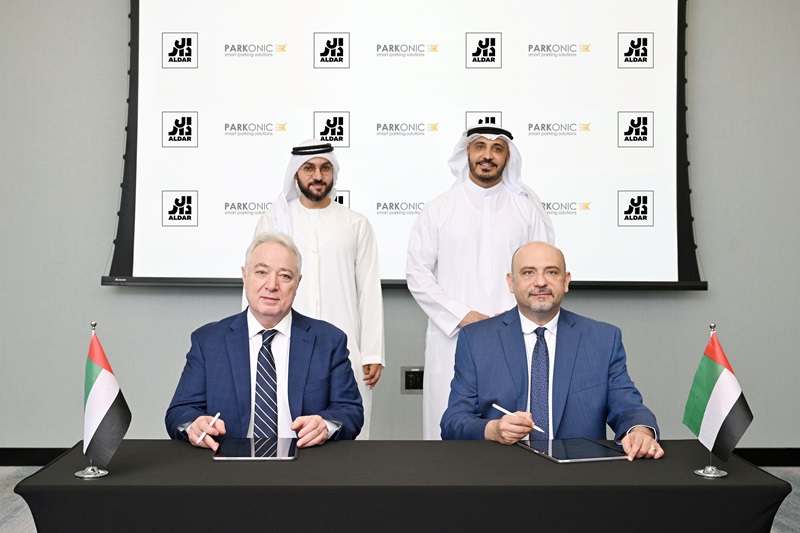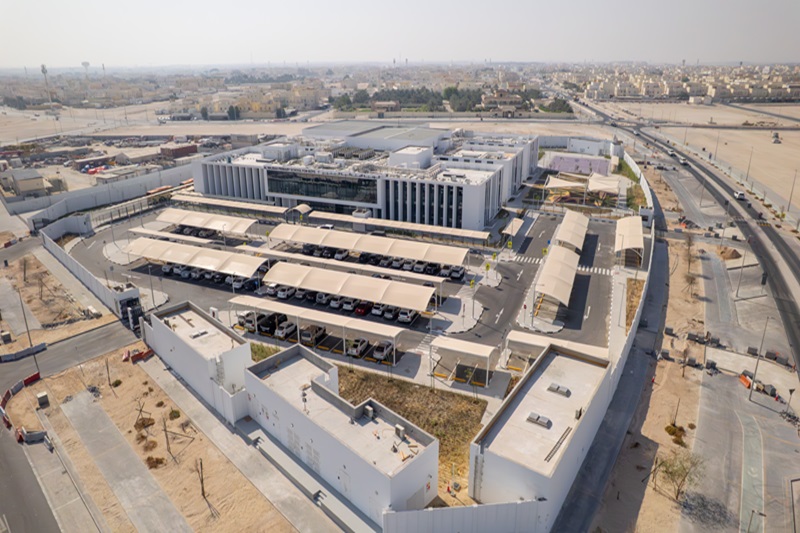
One of the key roles of community management professionals is to develop the right revenue service charge model for projects. This would help the community to have:
- A better community management plan
- Positive cash flow of the community
- Avoid deficits in future
- Revenues are accounted properly in advance in conjunction with expenses
- Customer wish lists are aligned with community revenue
- Transparent with owners/investors which clearly shows all types of revenues and expenses of the community which will be levied as service charges.
Community managers must have complete understanding about their community including:
- History of the community (including existing and new communities). Maximum knowledge gives better results in terms of creating community service charge model
- Community assets and its maintenance requirements (including OEM recommendation and/or best practices).
- Annual contracts needed to maintain the assets.
- Compliance requirements
- Financial health of the community (e.g. bad debt, collection status, etc.,)
- Community reserve requirements
- Community improvements plan if any
- Replacement of assets anything to be considered as part of the planning
- Any other services that may required
- Master community requirements
- Any special services (e.g. any assessment or consultancy services require for the community) and/or additional resources that may require
- Owner and/or customer wish list if any
Based on that, the community manager shall develop a revenue plan which will be included as part of the service charge calculation.
- Main revenue is coming from owners as an annual contribution for the upkeep maintenance of the common area.
- Other revenue such as service charge penalties, royalty revenue, lease of common area to generate more revenue
- Any other recurring revenues wherein community can generate revenues such as advertisement board to create annual recurring revenue, professional trainer to use common area for commercial purpose in return building gets additional recurring revenue, etc.
Those revenues are the most important tool which will help the community estimate the service charge wherein the revenue and the expenses are calculated and accounted for.
CAI and CAIME chapters are working towards loT training and workshops to managers to understand the revenue and expenses of the service charges are planned well, recorded, and implemented to ensure the community have good cash flows and more importantly timely payment to their service providers including utility providers. Healthy communities always plan and develop the right revenue service charge model.
This article is written by Kanagaraj Gurusamy, director, CAIME, and Managing Director of Better Communities OAM.
Developing the right revenue service charge model






.jpg)
.jpg)






